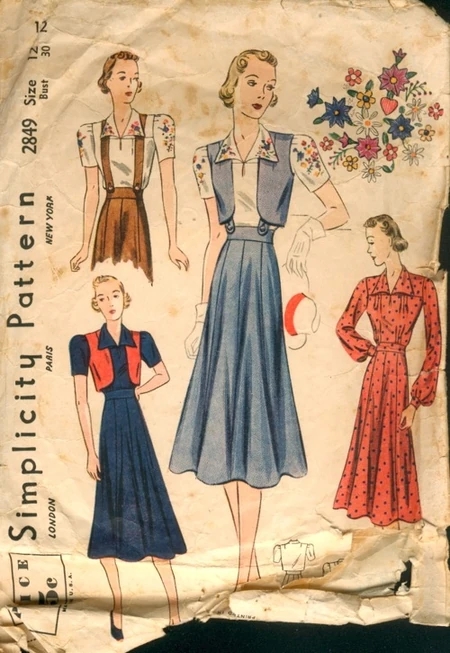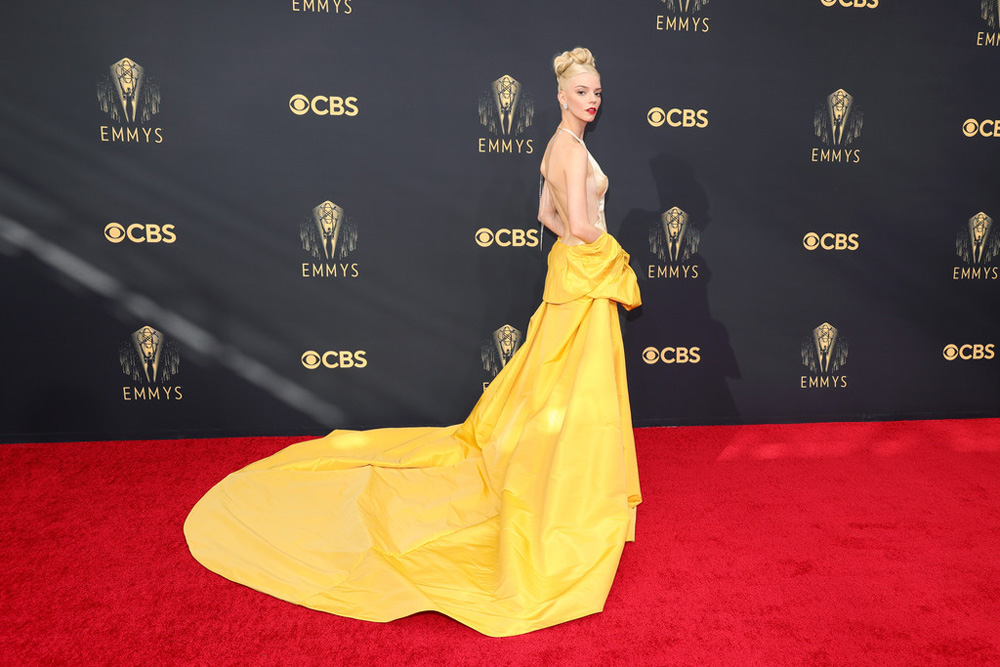I listed a book in the shop today. It’s called “Tell it to Louella,” and it’s written by Louella Parsons, the famed Hollywood columnist of years past. Ms Parsons was the person who knew all the gossip coming out of Hollywood, so you can only imagine the things she tells in this boo about people like Frank Sinatra, Princess Grace of Monaco, Lana Turner, and many more. But it was Marilyn Monroe’s story that I found most compelling.
I’ve long said that it’s hard to look at pictures of Marilyn, because I see so much sadness in her eyes. This book, published in 1961, acknowledges that. Ms Parsons calls it fear though. She said “if I were asked to choose one adjective with which to desribe Marilyn, I would choose ‘frightened.'”She said that when she looked at photos of Marilyn very early in her career, she saw sheer fright, to the point that it made her feel compassion for the poor girl. She described her as a Cinderella who is sure that the clock will strike midnight at any moment, and stated that this is why she could never achieven her full potential.
Marilyn was dead a year later.
Interesting that others have seen what I see through almost all of her pictures. Look past the beauty, the sex appeal, and the “it” factor, and you see sadness. And fear.
Mentioning the ‘it” factor, Ms Hopper says in her book that Clara Bow, the original IT Girl, had written her a letter the previous Christmas and said “not to [Elizabeth] Taylor, not to [Brigitte] Bardot, but to Monroe did I mentally bestow the “It Girl” tag some time ago. She and Jean Harlow are the only women I’ve ever seen who possessed the flesh impact that people said I had on the screen.” What an interesting way to put it.
Other interesting tidbits: Hollywood agent Ben Lyon always said Marilyn was a natural blonde which, of course, was not completely accurate. Ms Parsons brought this up to him one time, to which he responded “She is a naturaly blonde. I didn’t make the mistake. Nature did.” Hilarious.
Another thing that is really interesting in retrospect: Joan Crawford called Marilyn out for showing up to an event in form fitting gold lame dress which left nothing to the imagination. (This was not JFK’s birthday party.) Ms Crawford compared it to a burlesque show, and said “Miss Monroe should be told that the public likes provocative feminine personalities, but it also likes toknow that, underneath it all, the actresses are ladies.” Marilyn did not take the criticism well, being known for being very sensitive, and esponded that “I didn’t mean to do anything that the industry wouldn’t like. I just thought that I was expected to look alluring. Maybe my choice was bad, but my intention wasn’t. And the way so many people jumped on me — as if I’d committed a crime. Especially Joan Crawford.” She then added something that to Ms Hopper seemed to be out of contect, saying “I’ve always admired her [Crawford] for being such a wonderful mother. For taking four children and giving them such a wonderful home.”
Wow. Reads a little differently today, doesn’t it?
She ends the chapter by saying “no matter what, one thing I do know. Marilyn will make news for a long, long time. I hope, for her sake, that it will be happy news.”
I guess it’s up to the reader to decide whether memories of Marilyn are happy or not.


















